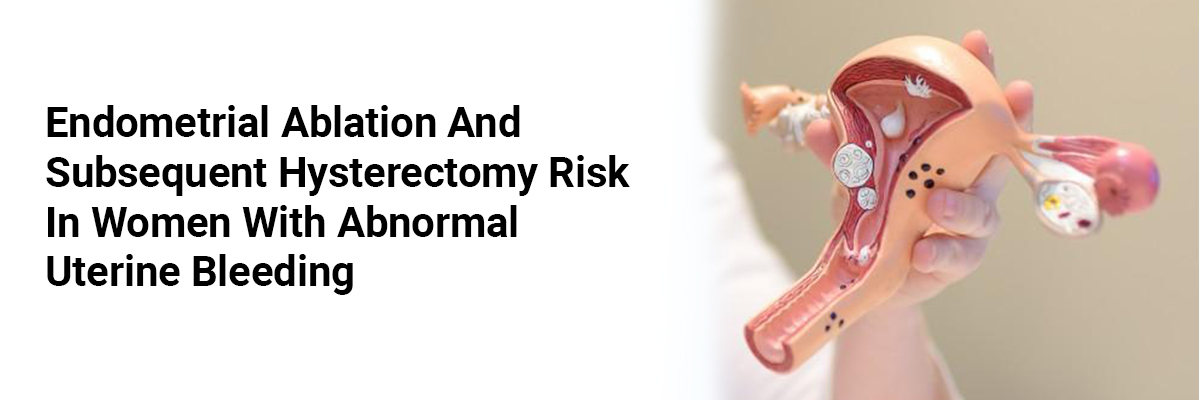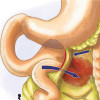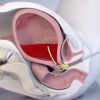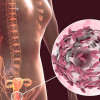
 IJCP Editorial Team
IJCP Editorial Team
Endometrial Ablation and Subsequent Hysterectomy Risk in Women with Abnormal Uterine Bleeding
Women who undergo endometrial ablation have a high likelihood of requiring a subsequent hysterectomy, with the incidence rising from 5% within the first year to nearly 30% by 15 years post-ablation, according to a 15-year review published in the journal Facts, Views and Vision in ObGyn.1 The risk was higher for younger patients, those with complex diagnosis or previous abdominal surgery were at a higher risk.
This retrospective population-based cohort study analysed 76,446 patients who underwent primary EA in Ontario between 2002 and 2017. The average age of the participants was 43.8 years. Various Canadian databases such as the Canadian Institute for Health Information’s (CIHI) Discharge Abstract Database, National Ambulatory Care Reporting System database were used to obtain data. The primary endpoint of the study was hysterectomy within 5 years of the first ablation. Secondary outcomes included myomectomy and repeat ablation.
Within one year of undergoing EA, 5.1% women had a hysterectomy. This increased to 16.4% at 5 years, ~23% at 10 years and 28.6% at 15 years.
At one year, 73,974 patients remained in the cohort, with 1.28% undergoing myomectomy, and 0.64% needing repeat ablation. At 5 years, the evaluable cohort included 52,464 women, of which, 1.2% underwent myomectomy, and 2.8% required repeat ablation. At 10 years, the evaluable cohort was 25,035. Of these, 2.01% had a myomectomy, and 4.47% a repeat endometrial ablation. By 15 years, the evaluable cohort had reduced to 1788 women, of whom 2.0% had myomectomy, and 5.2% had repeat endometrial ablation.
Logistic regression analysis revealed that advancing age at the time of endometrial ablation was associated with 6% decrease in the likelihood of undergoing hysterectomy with odds ratio (OR) of 0.94 per year of life. Similarly, greater surgical experience was also linked to decreased odds of hysterectomy (OR 0.99). However, a complex diagnosis was associated with a heightened risk of subsequent hysterectomy (OR 1.10). Additionally, a history of previous abdominal surgery also increased the the likelihood of undergoing a hysterectomy (OR 1.28).
According to the authors, this is the longest follow-up study which evaluates the long-term outcomes in women undergoing a primary endometrial ablation. And, based on their findings, they concluded that primary endometrial ablation carries a significant risk of progressing to subsequent hysterectomy or other surgical interventions, and “there is no evidence of a plateau of risk of proceeding to hysterectomy”. The study also identified factors associated with increased risk of hysterectomy. Hence, patients can be counseled about the outcomes at the time of the first endometrial ablation.
Reference
1. McGee J, et al. Hysterectomy rate following endometrial ablation in Ontario: a cohort analysis of 76,446 patients. Facts Views Vis Obgyn. 2024 Sep;16(3):311-316. doi: 10.52054/FVVO.13.3.028.

IJCP Editorial Team
Comprising seasoned professionals and experts from the medical field, the IJCP editorial team is dedicated to delivering timely and accurate content and thriving to provide attention-grabbing information for the readers. What sets them apart are their diverse expertise, spanning academia, research, and clinical practice, and their dedication to upholding the highest standards of quality and integrity. With a wealth of experience and a commitment to excellence, the IJCP editorial team strives to provide valuable perspectives, the latest trends, and in-depth analyses across various medical domains, all in a way that keeps you interested and engaged.





















Please login to comment on this article